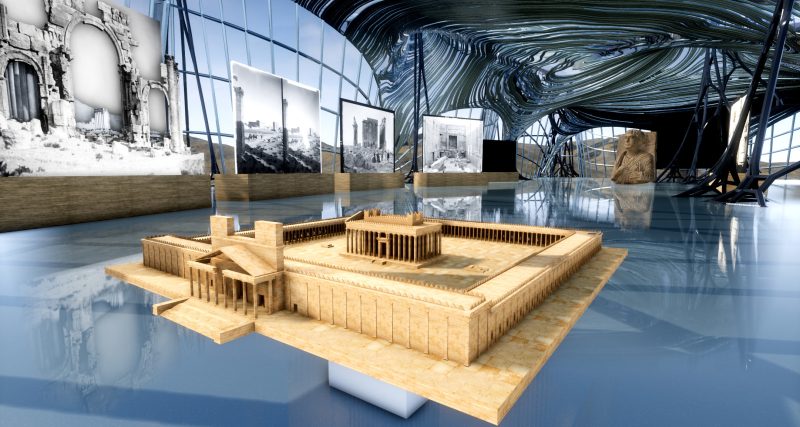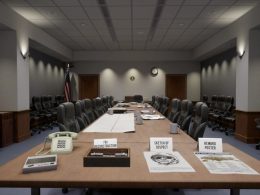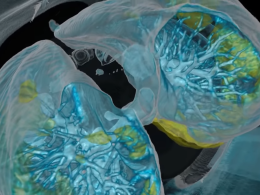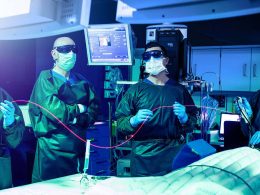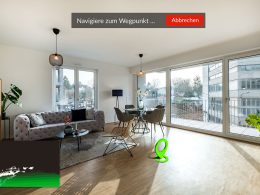Destroyed in reality, but saved virtually with an elaborate production: The Prussian Cultural Heritage Foundation has had the UNESCO World Heritage Site of Palmyra digitally reconstructed in an elaborate VR project.
The UNESCO World Heritage Site of Palmyra has become sadly famous in recent years: the historically significant oasis city has suffered severe damage in full view of the world. The ruined city of Palmyra came under fire for the first time in 2013 during fighting between rebels and government troops. Many buildings were badly damaged at the time. During the Syrian civil war, the UNESCO World Heritage Site was then systematically destroyed further in 2015. ZDF/Terra X and the Prussian Cultural Heritage Foundation have now had "the Queen of the Desert" digitally reconstructed in an elaborate VR project.
Tour 1: Agora, Roman Theatre and Tetrapylon
The first of three 360° films takes us to the most important meeting places in ancient Palmyra: the Agora and the Roman theatre. Thousands of spectators were seated there and were entertained - with comedies, love stories, but probably also with bloody spectacles such as gladiator fights and animal fights.
Tour 2: Colonnade, Hadrian's Arch, Nabu Temple and Diocletian's Baths
The second 360° film shows the famous colonnades and Hadrian's Arch and leads to the Temple of Nabu and the Baths of Diocletian. The thermal baths offered bathing comfort as the citizens of Rome knew it.
Tour 3: Bel Temple
The third tour leads to Palmyra's most famous sanctuary, the Bel Temple. Its unusual mix of styles is unique, combining Greco-Roman and oriental components.
Making of
The biggest challenges during production were the amount of data and the complexity of the facilities. In consultation with archaeologists from the Museum of the Ancient Near East, it was checked that the layout and textures of the squares, streets and buildings were correct. The magnificent buildings of Palmyra were digitally reconstructed piece by piece, with 80 kilometres of facade surface alone being virtually constructed, modelled and textured on the computer - a process that took more than 2,000 working hours. In addition to the three tours, interested parties will also find an exciting making-of film about the production as well as other documentaries, which were not produced with 360°.
Thanks to the digital reconstruction of the oasis city, the cultural heritage of the Syrians can be experienced again, at least virtually. VR technology offers us outstanding opportunities to take users on a journey of discovery. (Time-)journey, as we have already seen in various Reports have shown.
Source: ZDF / Press portal





